Lexiong Ying
Where do you live: London, United Kingdom
Your education: I completed a master’s degree in data visualisation at the University of the Arts London. I also have a bachelor’s degree in fashion design with marketing.
Describe your art in three words: Metaphorical, Reflective, Aesthetic
Your discipline: Visual Art & Communication Design + Fortune Telling
Instagram
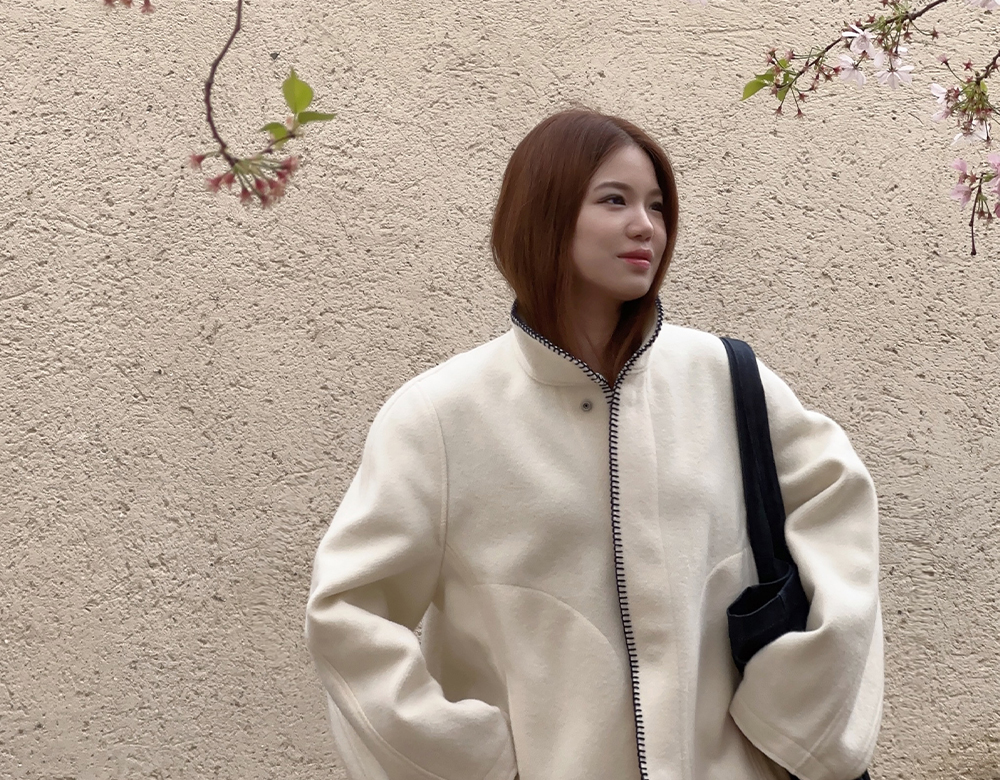
Your project “Life Wrapped in Passwords” explores the disorientation and frustration caused by digital authentication. Could you tell us about a specific moment or personal experience that inspired you to tackle this issue?
Most of my works are based on my observations and actual experiences in life, and this work is also no exception. It originated from a nightmare I had in London after my phone was stolen and robbed once, and I had to face the problem of having to re-download mobile apps and re-enter account names and passwords one by one. One of these times happened two days before the trip, and the situation was made worse because the original phone number could not be used, and I had forgotten some of the account passwords.
In this repeated cycle of downloading, logging in, entering passwords, and resetting passwords, I reflected on the relationship between our modern lives, technology, and verification methods and passwords, which inspired this project.
The Möbius strip is central to your work. Why did you choose it as the metaphor to represent the cyclical nature of password management, and how does it reflect the psychological impact of password fatigue?
The Möbius strip seems to be the perfect metaphor for this project, as it is related to the structural features of the Möbius strip itself. It is a unity of opposites. It seems to have an inside and an outside, a top and a bottom. Still, it is just one continuous surface, symbolising the duality of opposites that are not really separate but rather an intermingled whole. This is similar to our current relationship with technology and the various means of authentication, including verification methods.
Technology was initially intended to make people’s lives easier, but it is making things more complicated in practice. Authentication is supposed to safeguard our digital assets, but the increasingly complex authentication processes and ever-longer passwords are causing people to become overwhelmed. Often, people compromise the security of their passwords to make them easier to remember. This is a kind of ‘Möbius’.
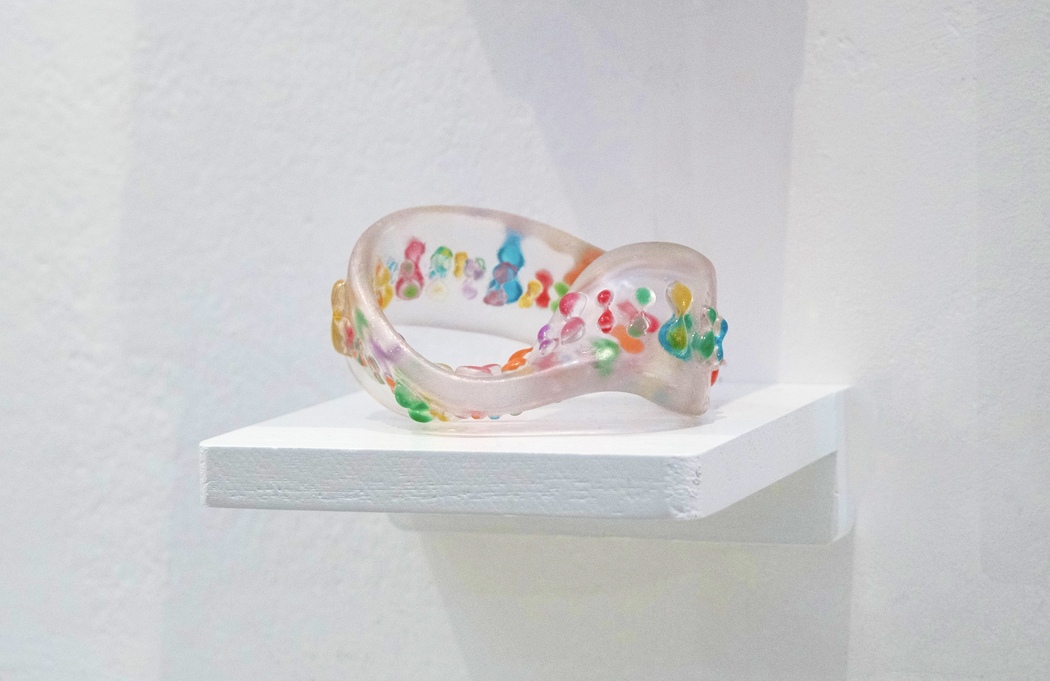 Lexiong Ying | Mobius
Lexiong Ying | Mobius
How do you balance your background in fashion design and data visualisation in your artistic practice? Do you find that these disciplines inform each other, and if so, how?
Studying fashion design was a secondary choice. I changed my major in college, and my first major had little to do with art and design. Since no visual communication-related courses were offered then, I switched to the fashion design department. So, when I later went on to do my master’s degree, I didn’t hesitate to choose a visual communication-related major.
However, studying fashion design also provided a lot of help for my future practice of art design. First, it cultivated my aesthetic sense, so in my later practice of visual communication and data visualisation, I pay great attention to the use of aesthetics in design. I am happy to make the audience feel happy and fascinated by my designs.
Second, the marketing-related courses in my original curriculum have given me a lot of knowledge about people’s psychological and behavioural responses. This training has allowed me to navigate behind the data more efficiently and uncover untold stories in my later visualisation practice. This process is entirely humanistic. No matter what kind of design practice it is, it cannot be separated from trying to touch people’s emotions, mental activities, and empathy.
Your work delves into the intersection of technology and human behavior. What do you believe is the most pressing issue in the digital age when it comes to our relationship with technology?
Here, I would like to talk about AI, and my attitude towards it is ambivalent. On the one hand, AI has been used extensively in my life and artistic practice, and it has provided good inspiration and solutions. Even when I am confused about life, conversations with ChatGPT often clear my mind and cheer me up.
However, I cannot ignore the many negative effects. To give a practical example, compared to the basic work that AI is replacing for countless ordinary people, I think AI is more suitable for work that involves high risks and can harm people’s safety or health, such as working at heights or in extreme environments. At the same time, AI databases are also very vulnerable to being fed and contaminated with a lot of flawed and biased metadata. In addition, I have also read a report about the alarming reality behind AI content moderation. In fact, AI cannot automatically identify objectionable content such as violence, gore, and pornography 100% of the time, so manual moderation is still required. Many social media platforms outsource this work to companies in developing countries, so a large number of workers are forced to be exposed to extreme hatred, gore, and abuse for long periods. How can their physical and mental health be guaranteed?
Secondly, I am concerned about the overabundance of social media, which has completely changed people’s behaviour patterns. The dopamine rush every 15 seconds is like drug addiction. It is becoming increasingly difficult to systematically learn a piece of knowledge. People want instant results and get rich overnight. As a result, many deformed industries have emerged, and many are anxious for more attention and likes.
In addition, I am also concerned about our data and privacy security, but this is already a bit of a commonplace. To quote a friend’s summary, in this era, we have no privacy.
In short, I always believe that technology is neutral, and the crux of the matter is how humans use it. Obviously, in a materialistic society, technology has always been a double-edged sword; perhaps, one day, it will be a sword of Damocles.
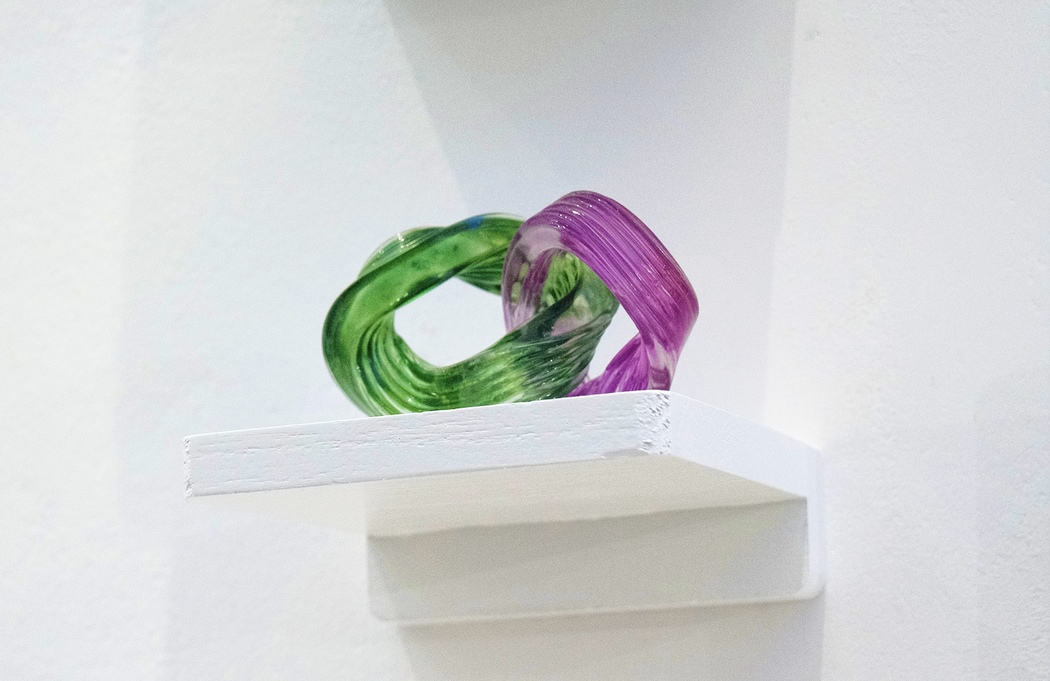 Lexiong Ying | Mobius
Lexiong Ying | Mobius
Can you explain the process of gathering collective experiences and frustrations around password security? How did you approach the public inquiries aspect of your project?
To better understand the public’s behaviour and psychology in using passwords and authentication methods, I launched a questionnaire survey called A Study of Password Use Behaviour, and the survey feedback was quite positive. I received 341 responses from people from 20 countries and regions, using 11 languages and dialects.
The first part of my questionnaire was a demographic survey, asking questions such as the age, gender, education level, profession or industry of the respondents, which internet services they mainly use that require passwords, and which electronic products they have. Secondly, I investigated the respondents’ password management behaviour, such as how they manage their passwords, their views on password management software, whether they have specifically learned how to manage passwords more effectively, and their awareness of the risk of password disclosure.
Next, I investigated people’s habits of using essential accounts, such as how they construct and combine their passwords. This also revealed many interesting cultural phenomena behind passwords. For example, native Chinese speakers often create passwords using their names and birthdays. For non-native Chinese speakers, such as English and Spanish speakers, the meanings of passwords are more diverse, such as their favourite words, mottoes, and words related to family, celebrities, pets, etc.
Also, I investigated the practical problems people encounter when creating, using and managing passwords. More than half of the respondents said they had either had their passwords compromised or suspected that they had. More than 30% of the respondents said they used the same password for all their websites and app accounts. More than 40% of the respondents explicitly said they had difficulty remembering passwords, and nearly 30% said they found it easy to forget passwords.
At the same time, more than 80% of respondents believe that automatic account login makes it easier for them to forget their passwords, and they feel a definite sense of anxiety when the system forces them to change their passwords. Finally, nearly 40% of respondents said that they had shared their passwords with others to varying degrees.
Through your work, you aim to provoke reflection and offer reassurance. How do you hope your audience will feel after experiencing this project?
Overall, I hope that people, especially those suffering from anxiety about using passwords and even feeling at a loss for rapidly developing technology, can take some comfort in the message: Hey, you’re not alone. Sometimes, things are a bit rough, but together, we’re adapting to it patiently and slowly.
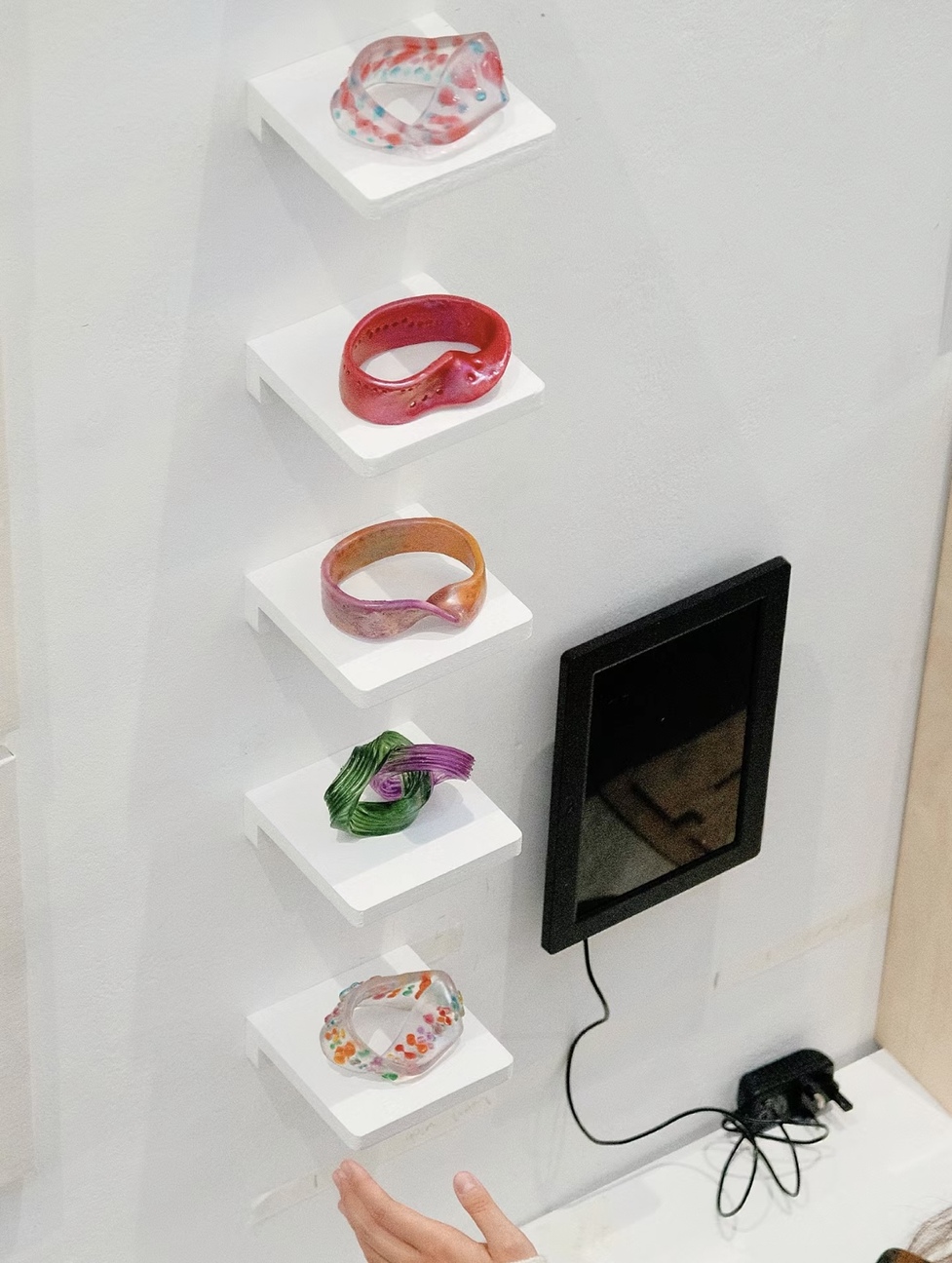 Lexiong Ying | On display
Lexiong Ying | On display
As a practitioner of fortunetelling, do you believe that ancient wisdom has an impact on modern societal issues, like the one your project addresses? If so, in what way does it influence your work?
Humans have come a long way from ancient times to the present day, and each of us carries the genes and heritage of our ancestors. Ancient wisdom such as astrology in the West, the yin and yang geomancy theory in the East, and various spiritual healing methods still impact people today.
First, I am very willing to incorporate ancient wisdom’s aesthetic elements or ideas into my creative practice. I once curated a brand design for an oriental-style hot spring based on meditation healing. In addition, in my fortune-telling business, I will first sort out the interviewee’s numerological information, such as the astrological chart. I give a reading and then talk with them to find out more. When I find that the interviewee is too focused on a certain person or thing, I use the Taoist concept of yin and yang balance to advise the client.
In short, using these ancient wisdoms to practice in multiple dimensions in life is not only my way of working, but also my life philosophy.
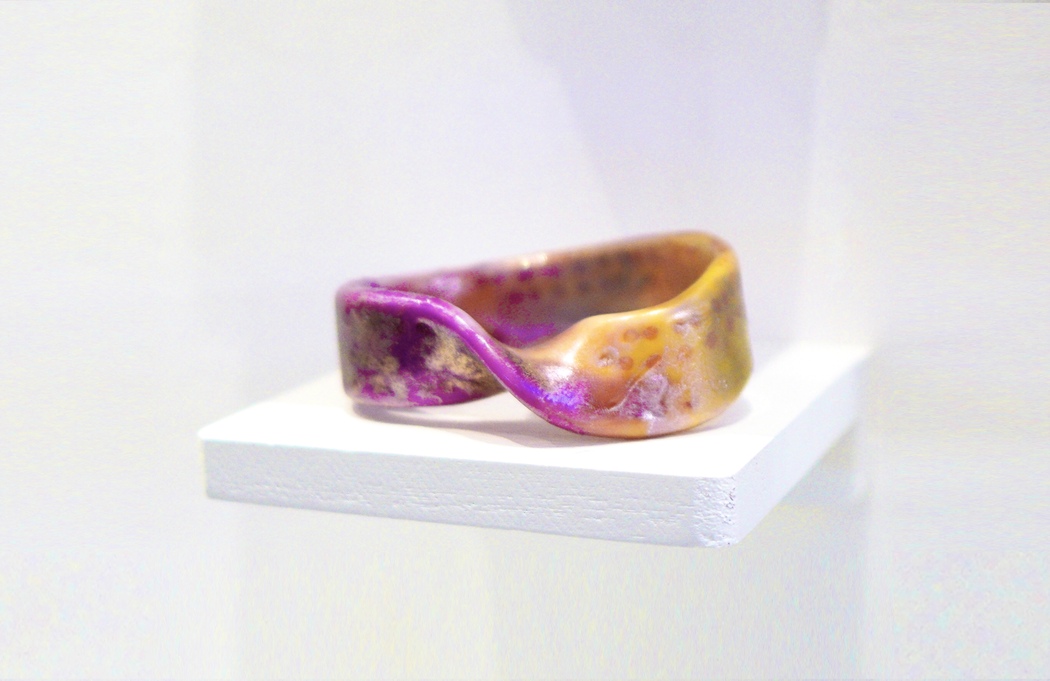 Lexiong Ying | Mobius
Lexiong Ying | Mobius

Leave a Reply